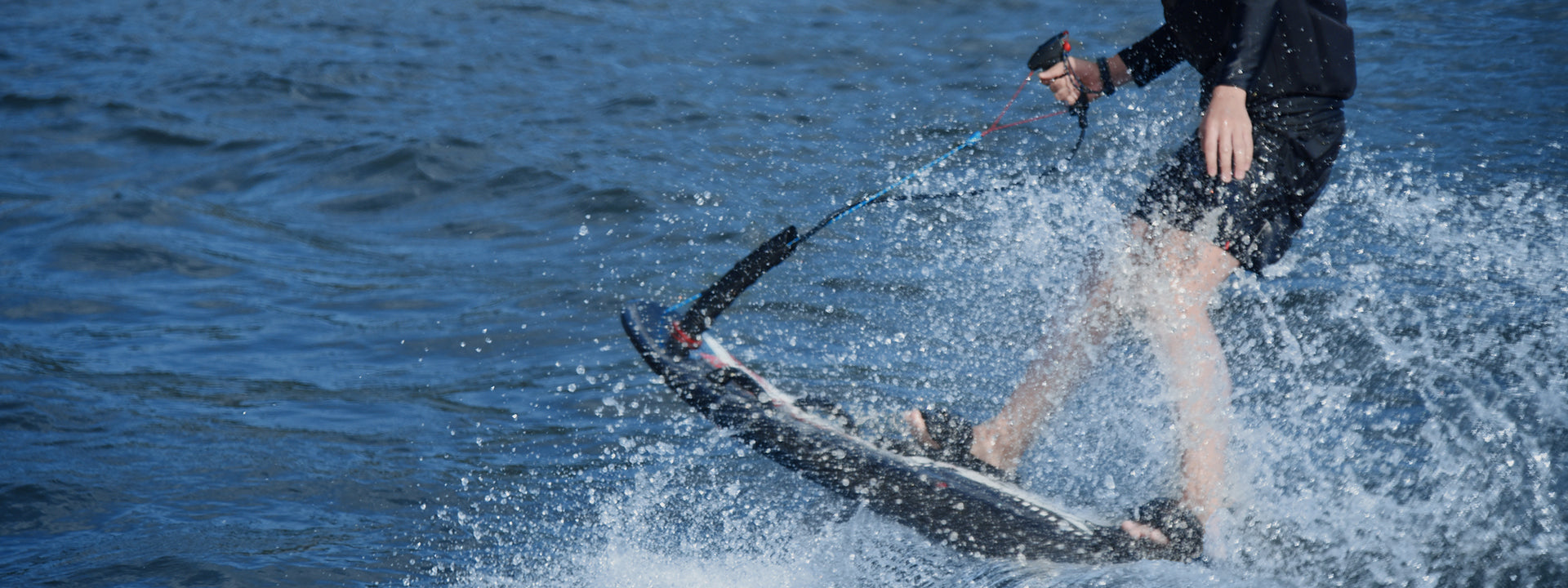How do I extend the life of my gas surfboard?
Surfing isn't just a sport; it's a lifestyle. And if you're part of the surfing community, you know that taking care of your surfboard is essential for catching those perfect waves. Whether you're a seasoned pro or just starting out, knowing how to maintain your surfboard can prolong its lifespan and keep you riding the waves like a champ. In this guide, we'll walk you through the steps to ensure your surfboard stays in prime condition for endless adventures.
 Rinse After Every Session:
Rinse After Every Session:
Saltwater and sand are your board's worst enemies. After each surf session, make it a habit to rinse your board thoroughly with freshwater. This simple step helps remove salt and sand residues that can corrode the board's surface over time.
Check for Damage:
Regularly inspect your surfboard for any signs of damage. Look for dings, cracks, or delamination on both the deck and bottom. Addressing minor issues early can prevent them from becoming major problems later on.
Repair with Care:
If you do spot any damage, don't panic. Many minor repairs can be easily fixed at home with a surfboard repair kit. Follow the manufacturer's instructions carefully, and take your time to ensure a proper repair job. For major repairs, it's best to consult a professional to avoid further damage.

Wax On, Wax Off:
Wax is your best friend when it comes to maintaining grip on your surfboard. Apply a fresh coat of surf wax regularly to ensure optimal traction while riding the waves. Remember to remove old wax before applying a new layer to prevent buildup.
Storing Surfboards:
How you store your surfboard when you're not using it can impact its longevity. Avoid leaving your board in direct sunlight for extended periods, as UV rays can damage the materials. Instead, store it in a cool, dry place, preferably in a board bag or rack to protect it from dust and scratches.
Rotate Your Boards:
If you're lucky enough to own multiple surfboards, rotate them regularly to distribute the wear and tear evenly. This not only extends the lifespan of each board but also gives you the opportunity to switch up your riding experience.
Know When to Retire:
As much as we'd like them to last forever, surfboards have a limited lifespan. Pay attention to signs of wear and tear that indicate it's time to retire your board. When the repairs become too frequent or the performance starts to decline, it may be more cost-effective to invest in a new board rather than continuously patching up the old one.
Conclusion:
Your surfboard is more than just a piece of equipment; it's a gateway to endless adventures on the water. By following these simple maintenance tips, you can ensure that your board stays in peak condition for years to come. So wax up, paddle out, and let the waves carry you to new horizons!













